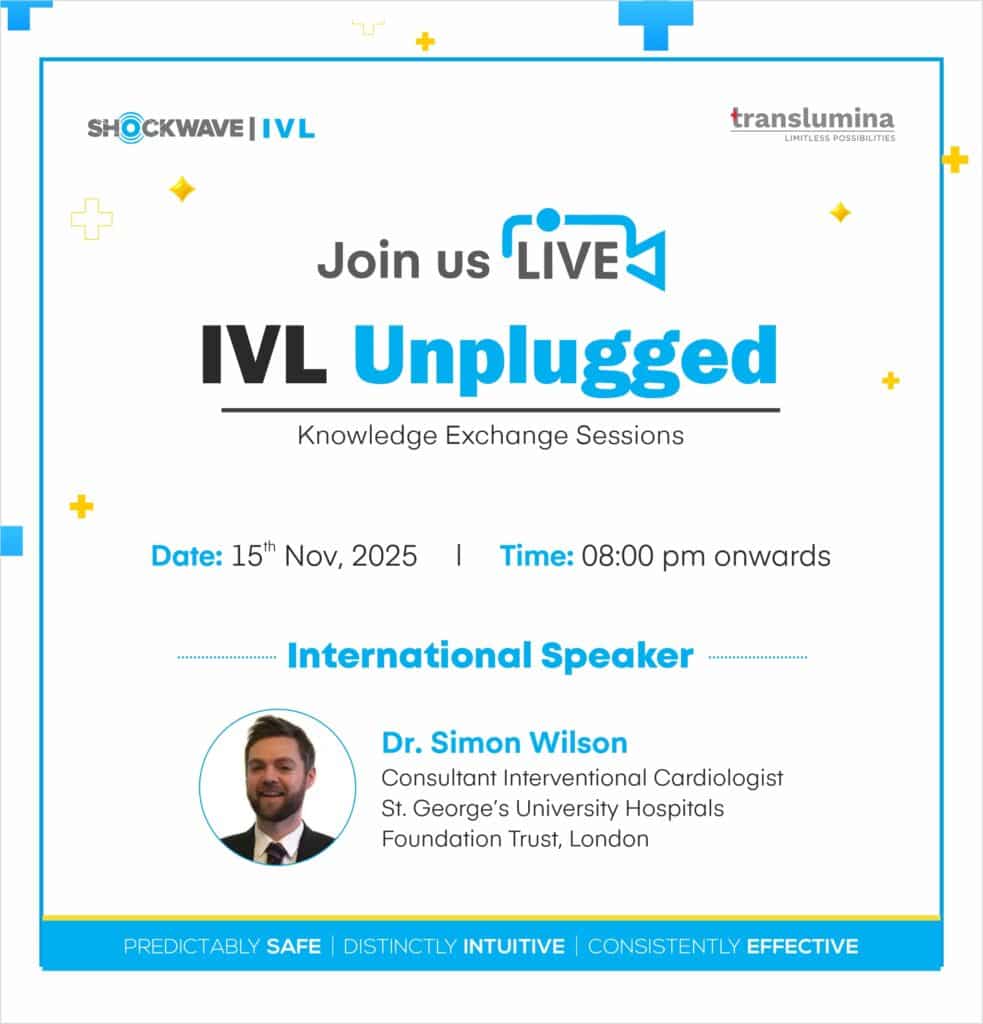When patients hear they need a stent for heart blockage, one question usually follows: are drug-eluting stents safe? For doctors, this is not just a patient query but a practical concern during every procedure. Drug-eluting stents (DES) are now a common tool used in treating narrowed coronary arteries. Their safety has been debated for years, but decades of research and technological progress have significantly reshaped the conversation. This article looks at the safety of drug-eluting stents, known risks, and next-generation stents are setting new standards in cardiovascular care.
What Are Drug-Eluting Stents (DES)?
A drug-eluting stent is a small, expandable metal mesh tube that not only holds a narrowed artery open but also slowly releases medication into the surrounding vessel wall. The drug prevents excessive tissue growth, which lowers the chance of the artery narrowing again. Because of this dual function, structural scaffolding with targeted drug delivery, DES are now among the most widely used tools in modern heart care.
Understanding the Safety Profile
Why safety matters
Any implant in the coronary arteries must balance efficacy, healing, and long-term safety. Even small risks can translate into significant outcomes in high-risk patients.
Early concerns with first-generation DES
First-generation DES raised alarms with reports of late stent thrombosis—blood clots occurring months or even years after implantation. These concerns led to extended dual antiplatelet therapy (DAPT) protocols and close scrutiny of DES design.
Current evidence on the safety of drug-eluting stents
Today, multiple large trials have confirmed the improved safety of drug-eluting stents. Second- and third-generation devices use better designs and materials that lower complication rates. They have become the global standard of care in PCI.
Risk Factors and Known Complications
Even with progress, cardiologists still weigh the drug-eluting stents risks carefully. Common concerns include:
- In-stent restenosis, though significantly reduced to bare-metal stents
- Stent thrombosis, especially in patients who stop antiplatelet therapy too soon
- Delayed healing of the artery wall in select cases
- Bleeding complications linked to long-term medication use
- Added risks of a stent for patients with diabetes, chronic kidney disease, or clotting disorders
Every patient’s case is different, and understanding these risks is central to making safe decisions.
How New-Generation DES Improves Safety
Drug-eluting stents have not remained the same since their first introduction. Continuous refinements in design and materials have made newer devices safer and more reliable, addressing many of the concerns linked to earlier models.
Design improvements
Modern DES are made with thinner struts and more flexible platform, allowing easier navigation through tortuous arteries and better blood vessel conformability.
Advanced Polymer coatings
Permanent polymers in early DES sometimes triggered inflammation.Newer models use biocompatible or biodegradable polymers, minimizing irritation and supporting natural vessel healing. Optimized antiplatelet therapy
With better healing, patients may not need as long a course of dual antiplatelet therapy. This is especially important for those at high bleeding risk. Shorter therapy duration is safer without increasing clotting events.
Innovations in Stent Technology
- DES development continues to push boundaries, with innovations such as:Bioresorbable scaffolds that dissolve after supporting the vessel
- Enhanced drug coatings with controlled release for targeted therapy
- Stents designed for complex lesions and small vessels, expanding treatment options
When to Consider Alternatives Like Drug-Coated Balloons (DCBs)
Not every lesion requires a stent. Drug-coated balloons are increasingly used in:
- Small vessels where stents may not fit well
- Bifurcation lesions, avoiding complex stent techniques
- Patients with high bleeding risk where shorter antiplatelet therapy is preferable
Rather than competing, DES and DCBs are complementary tools, chosen according to lesion complexity, vessel anatomy, and patient-specific risk.
Conclusion
The safety of DES has improved dramatically over the past two decades. While the drug-eluting stents risks cannot be ignored, the benefits often outweigh them in carefully selected patients. Modern devices are safer, more effective, and better supported by strong clinical data.
At Translumina, we continue to advance this progress with new-generation DES and drug-coated balloons to meet the real-world challenges of interventional cardiology. Our focus remains on making every cardiology intervention safer, more effective, and more reliable for physicians and patients worldwide.



